Welcome, pet enthusiasts! Betta fish are amazing creatures that make wonderful pets. One thing that is vital to keep your Siamese fighting fish healthy and happy is to ensure their tank is properly set up. Don’t worry, we’ve got you covered with this step-by-step guide to build an ideal tank for your beloved betta.
Table of Contents
ToggleTank Size:
Bettas require a minimum tank size of 20 liters. Larger tanks are even better, as they provide more stable water conditions and space for the fish to explore.
Tank Shape:
A rectangular tank is preferable over a bowl or round tank, as it provides better swimming space and allows for proper installation of equipment.
Heater:
Bettas are tropical fish and need a water temperature between 78-80°F (25-27°C). A submersible aquarium heater with a thermostat is essential to maintain a stable temperature.
Filter:
A gentle, adjustable filter is important for maintaining water quality. Bettas don’t like strong currents, so choose a filter with adjustable flow or a sponge filter.
Substrate:
Use fine-grain substrate like sand or smooth gravel to prevent injury to the betta’s delicate fins. Aim for a natural-looking substrate.
Decorations:
Provide hiding spots and resting places using live or silk plants, caves, and other aquarium decorations. Avoid sharp or rough objects that can tear the betta’s fins.
Lighting:
Use a low to moderate-intensity light to mimic the betta’s natural environment. Aim for a 8-10 hour light cycle per day.
Water Conditioner:
Use a water conditioner to remove chlorine, and other harmful chemicals from tap water before adding it to the tank.
Cycling the Tank:
Before introducing the betta, cycle the tank to establish beneficial bacteria that break down ammonia and nitrite. This helps maintain good water quality. Cycling typically takes a few weeks.
Tank Mates:
Bettas are territorial and can be aggressive towards other fish, especially other bettas. In general, it’s best to keep them alone or with non-aggressive tank mates such as snails or shrimp. If you want to keep multiple bettas, provide separate enclosures or use a heavily planted tank with dividers.
Feeding:
Bettas are carnivorous. Provide a varied diet of high-quality betta pellets, frozen or live foods like bloodworms and brine shrimp. Feed them small amounts once or twice a day.
Water Changes:
Perform regular partial water changes (about 25-30% of the water) every 1-2 weeks to maintain water quality. Use a gravel vacuum to remove debris from the substrate.
Monitoring:
Regularly test the water parameters (pH, ammonia, nitrite, nitrate) using a liquid test kit to ensure the water conditions are suitable for your betta.
Remember, a well-maintained and properly set-up tank will contribute to a healthier and happier betta fish. Always research and educate yourself about betta care to provide the best possible environment for your aquatic friend
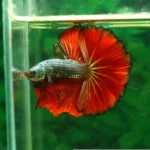
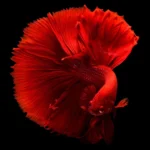
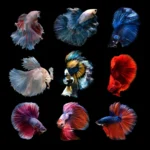
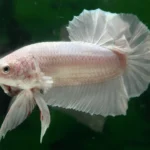
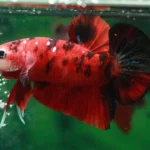
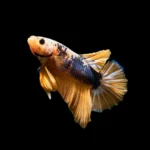
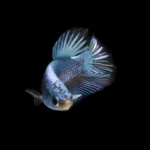


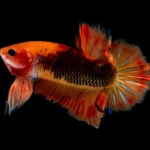
I will be happy if you can pass your feedback, kindly drop a comment here.
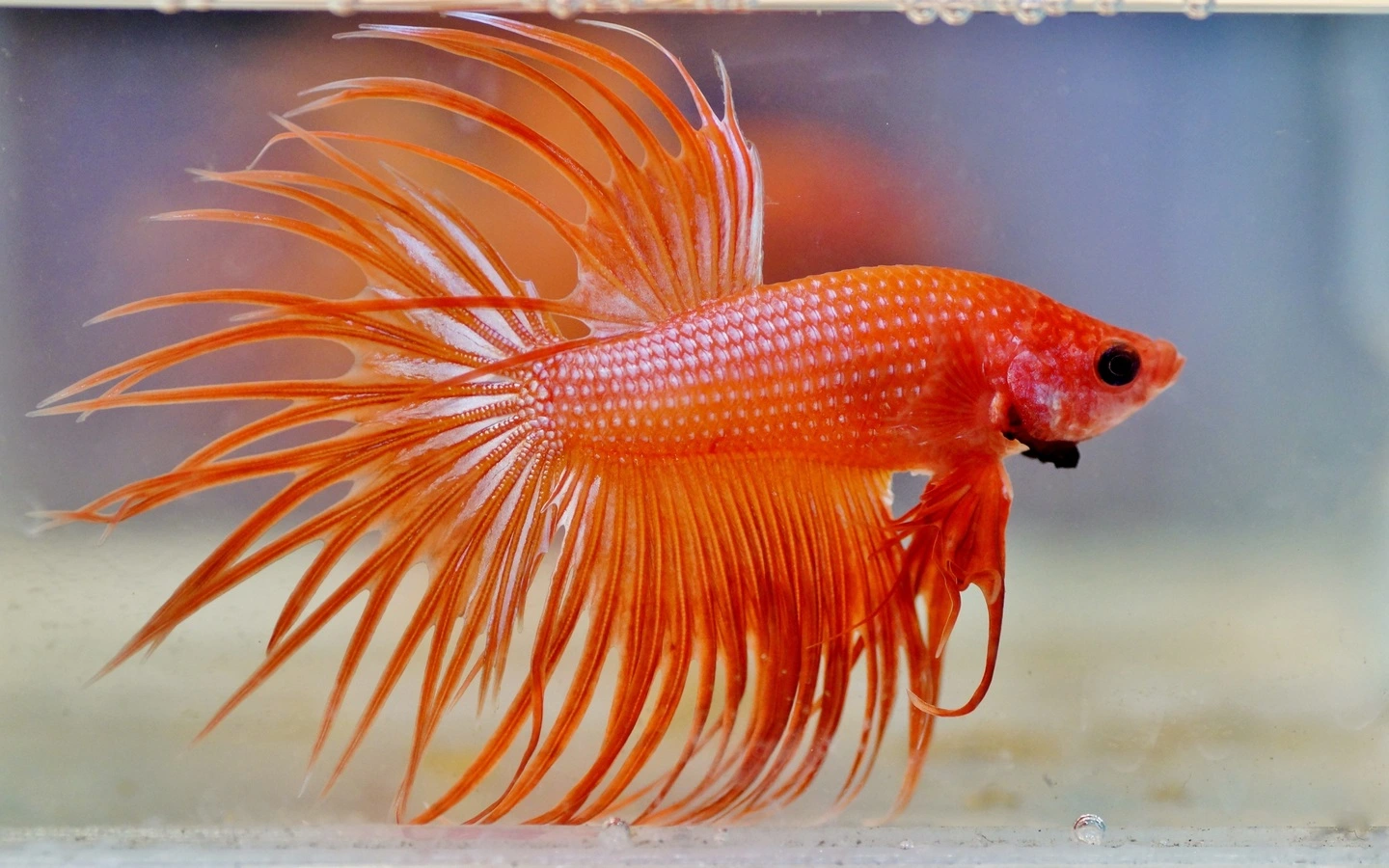
Chaitanya l
This is good information on Tank Setup For Betta thank you for sharing
MichaelNirmal
Thank you 🙂